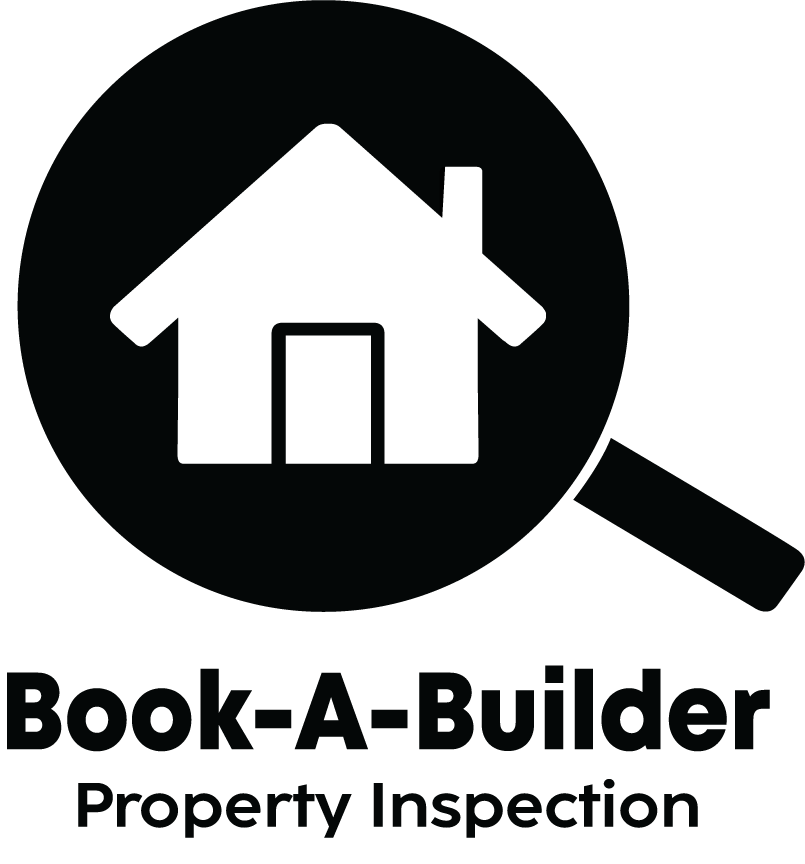10 Common things that get picked up on during house inspections.
- Alex Willis
- Mar 12
- 2 min read
Here are the 10 most common issues typically found during pre-purchase home inspections in New Zealand:
1. Leaky Homes & Water Damage
Water damage from leaks in the roof, windows, or plumbing can be a significant issue in New Zealand due to its wet climate. Leaky homes, especially those with weather-tightness problems, can cause long-term damage to the structure and result in expensive repairs.
2. Roofing Issues
Roofs are often exposed to harsh weather conditions, and worn or damaged roofs are common. Issues include cracked tiles, rusted metal, missing shingles, or even improper installation, which can lead to leaks and water damage.
3. Foundation Problems
Foundation cracks, uneven flooring, or movement in the foundation can be signs of a serious structural issue. In some cases, the house may have settled unevenly or experienced subsidence, which could affect the stability of the entire building.
4. Electrical Faults
Outdated or faulty wiring is a common issue in older homes. This includes issues like exposed wires, incorrect installations, or overloaded circuits. These faults pose safety risks and can be costly to bring up to modern standards.
5. Mould and Dampness
New Zealand's damp climate can often lead to mould growth, especially in areas like bathrooms, kitchens, and basements. Mould can affect indoor air quality and contribute to health issues, so it’s important to address it before moving in.
6. Pest Infestations
Homes can sometimes have infestations of pests such as rats, mice, termites, or ants. These pests can cause damage to insulation, timber structures, and wiring, and may also pose health risks. Regular pest inspections are crucial to avoid these problems.
7. Plumbing Issues
Older plumbing systems may have corroded pipes, leaking taps, or outdated fixtures. In some cases, there may be issues with drainage or water pressure, which can affect the home’s livability and lead to costly repairs.
8. Asbestos
In homes built before the 1980s, asbestos could be present in insulation, roofing, or flooring materials. Disturbing asbestos can pose serious health risks, so it’s important to have it identified and safely removed or managed before purchasing a property.
9. Unconsented Building Work
Homeowners may have carried out renovations or additions without obtaining the necessary council consents. This can lead to legal issues or safety concerns if the work doesn’t meet building code standards. A thorough inspection can help identify any unconsented work.
10. Poor Drainage and Landscaping
Poor drainage around a property can lead to water pooling near the foundations, which can result in structural damage over time. Additionally, improperly sloped landscaping can exacerbate drainage issues, increasing the risk of water entering the house.
By identifying these common issues during a pre-purchase inspection, buyers can make informed decisions, negotiate repairs or price reductions, and avoid unexpected costs after moving in.



Comments